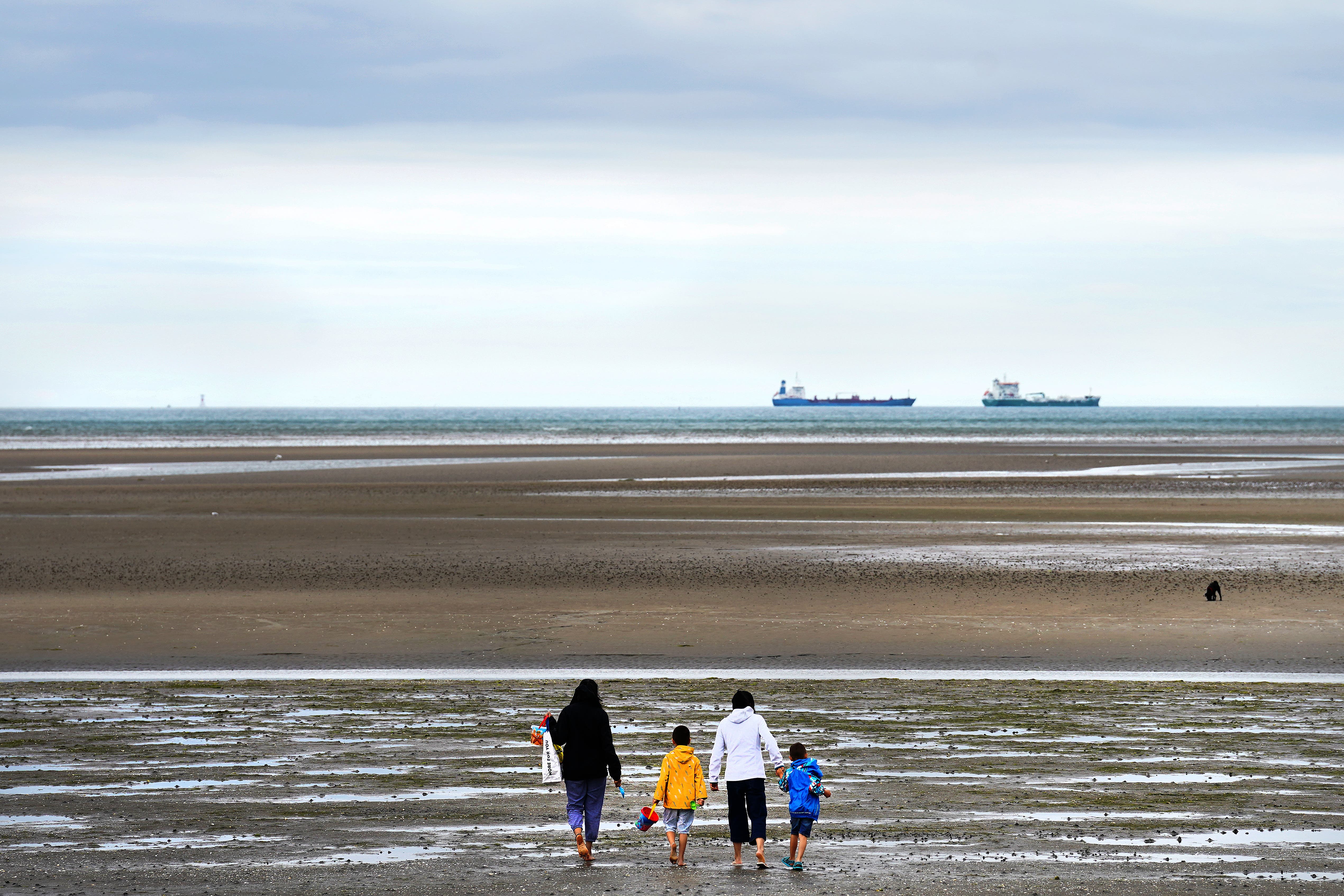Ireland’s population tops 5 million for the first time since 1840s
Net migration and natural increases in the Irish population have resulted in the 390,000-person boost between 2016 and 2022.

Ireland’s population has gone above 5 million people for the first time since the Great Famine, census figures show.
After decades of continuous decline in the Irish population since 1841, it is now 83% higher than its low point in 1961 when the total was 2.8 million.
The proportion of the Irish population who identified Catholic fell from 79% in 2016 to 69% in 2022, but it was argued that this could be partly due to the change in the phrasing of the census question.
The question changed from asking what religion a person holds, to including “if any” at the end and having “no religion” as the first of the multiple choice options listed.
The number of people responding with ‘no religion’ grew from 10% in the 2016 census to 14% in 2022.
There was an increase of almost 390,000 people living in Ireland between 2016 and 2022, with statisticians saying that this was because of the natural increase – the number of people who died subtracted from the number of people born in Ireland – and net migration – the number of people arriving minus the numbers of people leaving Ireland.
The population in every county rose between 2016 and 2022, and those increases ranged from between 5% in counties Donegal, Kilkenny and Tipperary, to 14% in Co Longford.
Population growth tended to be stronger in the east of the country, with Co Meath growing by 13%, the Fingal area by 12% and Co Kildare by 11%.
Between 2016 and 2022, the average age has increased from 37.4 years to 38.8 years, and the number of people who have non-Irish citizenship has increased from 11% to 12%.
Statisticians from the Central Statistics Office (CSO), who explained the results on Tuesday, said that there was evidence of an aging population in the 2022 census results.
Older age groups grew in size while the younger ones declined, they said, adding that the highest increases in population numbers were seen among the over 70s.
There was a 7% fall in the number of people under 10 years of age, and a 4% fall in the number of people aged 25 to 39.
The number of people with dual Irish citizenship was 170,597, which represents a 63% increase from 2016.
One in five of the population said they were born outside of Ireland and nearly 750,000 people indicated they could speak a language other than Irish or English.
There was a drop from 87% to 83% in the proportion of people who reported their health was good or very good since 2016.
Around a third of all workers, or 747,961 people, worked from home for at least some part of their week.
The census was carried out on Sunday April 3.
Bookmark popover
Removed from bookmarks